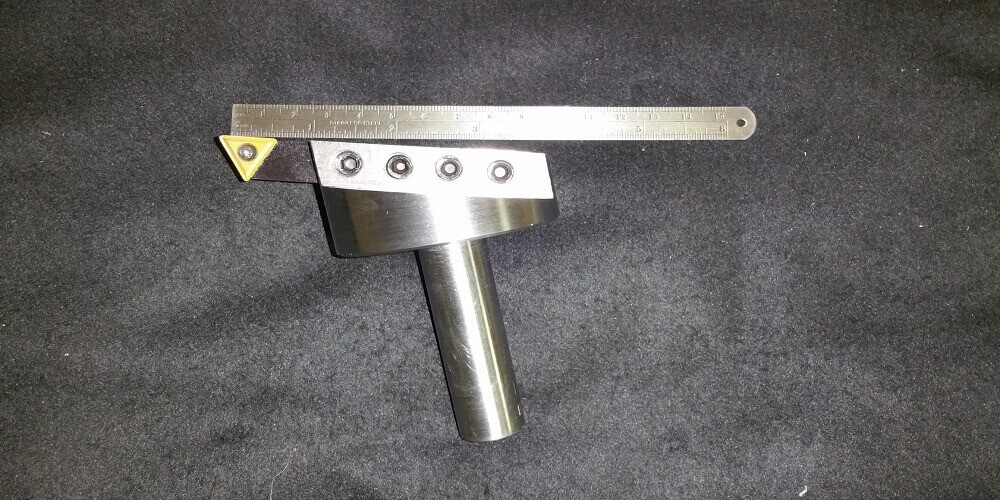Have you always wondered what fly cutters are and how they relate to the machining service? Well, you’re about to learn all about them in this short but highly detailed guide. What is a fly cutter? Why are they used instead of face Mills? What’s their importance? Let’s take a look below!
What is a fly cutter?
There have been misconceptions about what a fly cutter really is. While so many technicians and operators refer to every single-point form tool as a fly cutter, it isn’t the case. A fly cutter is any single-point cutter that is most often used by manual machinists.
They are used for creating the smoothest surface finishes. They’re mostly very expensive and are great for surfacing spill boards. If you want the operation to go even faster, you would have to increase the diameter.
Fly cutters are majorly used during machining services on large and flat surfaces. They’re versatile as they’re used in both CNC and manual machining without needing to use any extra arbor.
It can be adjusted in many several ways to fit the kind of operation you’re taking it through. It goes as low as 0.01 inches and as high as two inches, which means that you can either cut deep or narrowly.
Why choose a fly cutter?
There are tons of reasons to choose a fly cutter over any random face mill and here are some of the reasons:
1. Speed
As mentioned earlier, the speed of the fly cutter can be increased considerably by simply enlarging the diameter. They’re usually made to use the created geometry by grinding on an HSS round. However, you have to note that the center drill doesn’t work as a cutter. It’s there to serve as a placeholder to keep the workpiece in place during the operation.
The fly cutter speeds up to 30,000 rpm and comes with a spindle lock that lets you close or open the one-eight-inch collet. This allows it to fit perfectly into the rotational tools.
2. Smooth finish
Face Mills cannot match the smoothness that fly cutters offer. Although it comes at a price, it’s one that you can easily and quickly substitute for the quality finish you get. The price you have to pay is that the fly cutters move at a very slow speed ‘when you have to go for very smooth finishes’. This is because you’d need to remove every cutter from the face mill, leaving just one.
Depending on what industry or operation process, the flu cutter can be made to fit your company’s needs and requirements. Some types of fly cutters include rotary cutting tools, rotary carving tools, and the point cutter.
Conclusion
The bottom line is that not every single-point form tool is a fly cutter. It has to be a rotary single-point cutting tool, used most specifically for plane surfacing. Before you choose one, contact the manufacturer to see if it can be made to fit the needs of your company.


